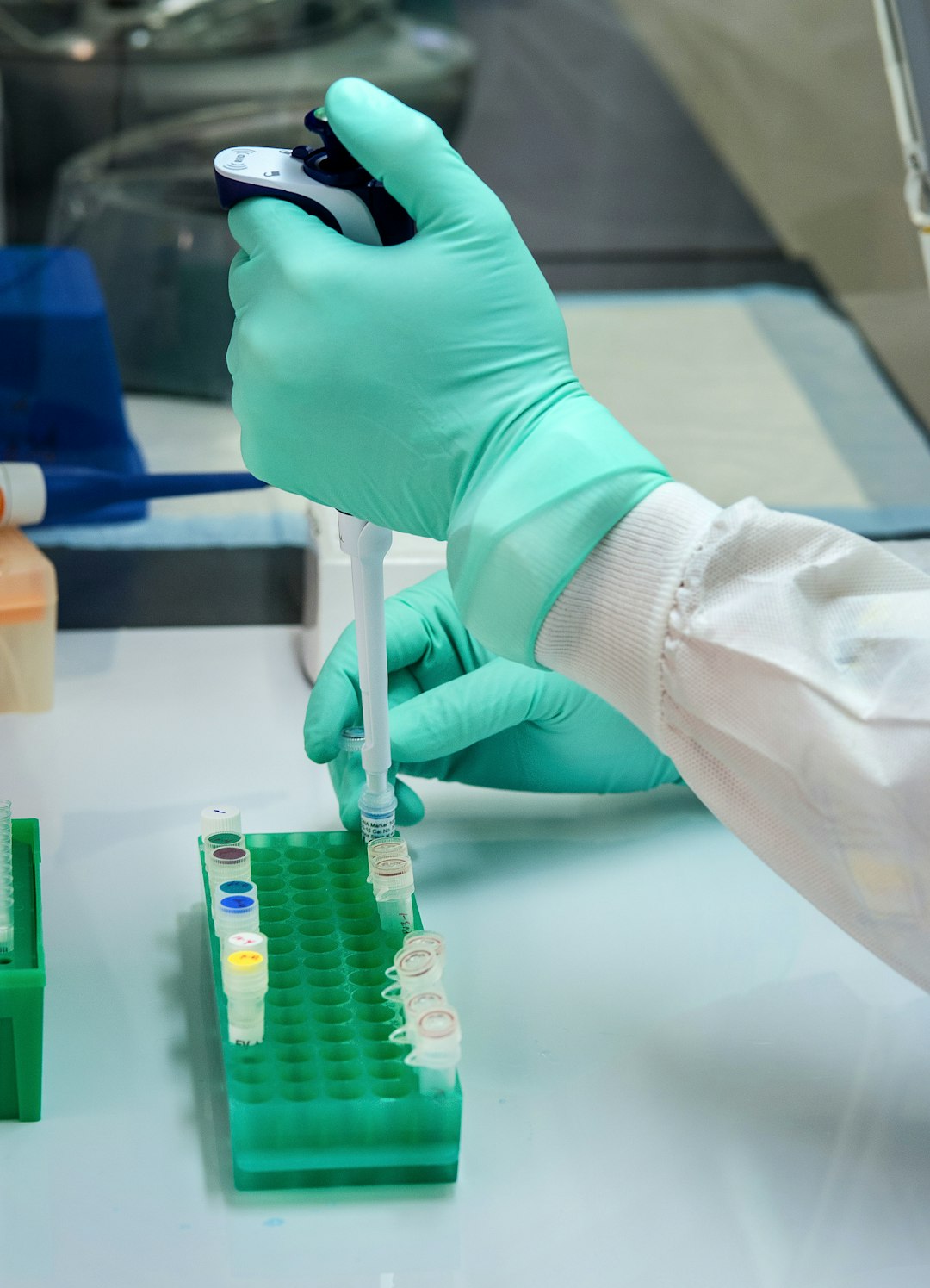 Advantages of Making use of Nucleic Acid Extraction
Advantages of Making use of Nucleic Acid Extraction
There are researchers that are from all life science discipline that do rely on the nucleic acid extraction in order to initiate the experiments into the applications from the basic to more complex research that include the biomarker discovery, epidemiology, as well as call free diagnostics. Once that is being extracted, then the nucleic acid will be subjected to the sensitive quantitative method. Given that of the sensitivity of the process, downstream analysis, and the preparation, it can surely have a huge impact result that can leave you with the date that is not reliable and not something you can trust.
One of those important sources of variation is manual sample handling. This can pose some risk of pipetting errors and protocol deviation that can occur whenever working with those larger sample numbers. For instance, by the time that a given step will be completed for those samples that are in the set, then the first sample has exceeded that of the maximum standing time for that specific step. This kind of scenario can prove to be very critical whenever working with those fragile nucleic acids like that of the RNA. Luckily, you can be able to circumvent that of the risks of manual sample handling by simply automating the nucleic acid extraction with that of the pipetting robots, therefore it can ensure some greater consistency and at the same time reliability with that of the better quality for the overall data.
One of the benefits of the RNS extraction is that it streamlines that of the extraction process. The accurate and consistent pipetting with eh use of the automated protocol can aid in achieving the uniformity in that of the key sample processing steps like the washing, lysis, and that of the elution.
Secondly, there will be lesser contamination and manipulation. The few manual handling and few pipetting steps can reduce the threat towards the external contamination and with a hat of the sample-carryover risks, whether the protocol is being executed or not in the sterile area.
The third benefit is that you can be able to process some larger sample numbers with fast speed therefore it can increase the throughput. This can actually create a chance or opportunity to be able to broaden the scope of the research by simply testing the greater number of the test conditions and that of the study participant and the drugs.
Lastly, it can be time saving too. This is actually two-fold. The manual nucleic acid extraction will need some undivided attention from those staff that is trained in the field. The automation can allow for more walk-away time for those researchers while that of the robot can be able to take care of those repetitive works. The automated protocols can also be faster than that of the manual counterparts that is why it can be able to further the speeding up of the workflow. This will definitely help in the speed of the process of the work.